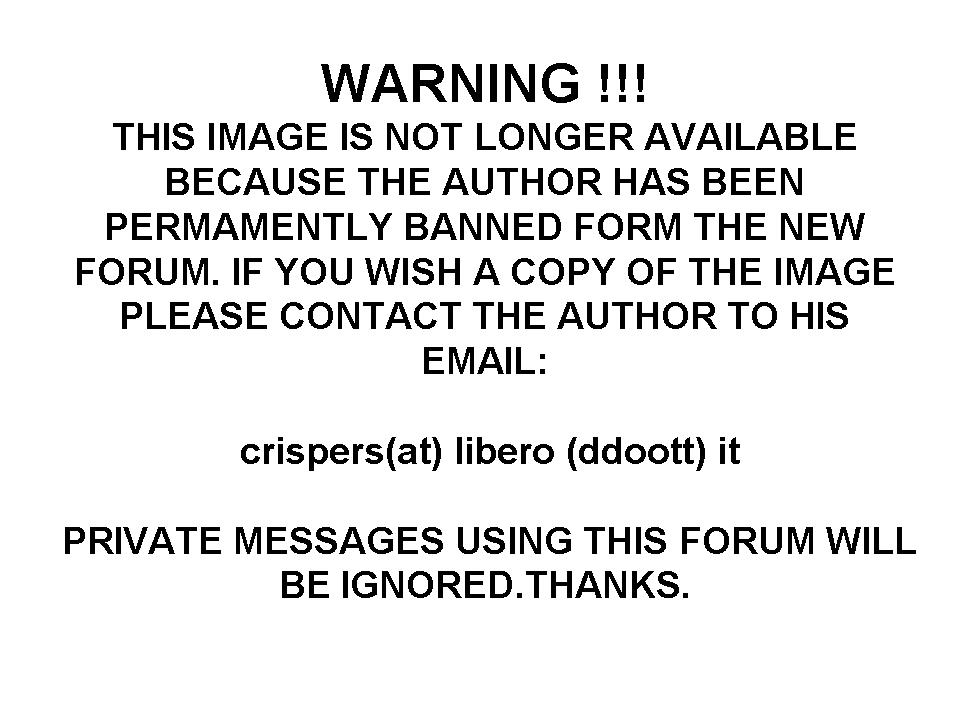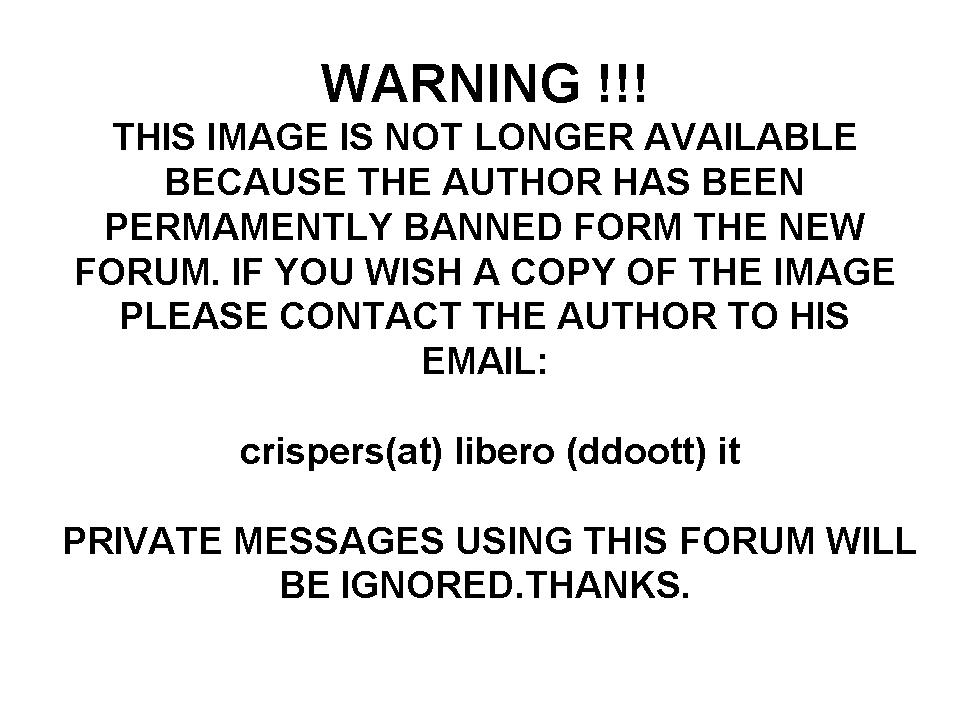this is my latest MBDCG holo (H2).
The backgrond is around 5cm depth while the violin is about 1cm from the plate.
Cheers,
Cristiano




MichaelH wrote:Very pretty! Can you tell us a bit about how it was made? It looks very broadband, almost white-ish in areas.
Sergio wrote: I know now that the MB dye density is a critical parameter for good fringe recording, specially onto master, so decreasing it you got a more bright hologram (?).
glajciorz wrote:What were exposure and processing parameters Alchemist ?
I guess something like 20 mins, 30mW He-Ne ?
Will you provide short movie, like with previous 20x20cm holo ?
greetings
Adam
JohnFP wrote:What I have found is it is easier to make a broadband H1 instead of a wavelength matching narrow band H1. Then it does not have those disappearing spots when illuminated with the laser.